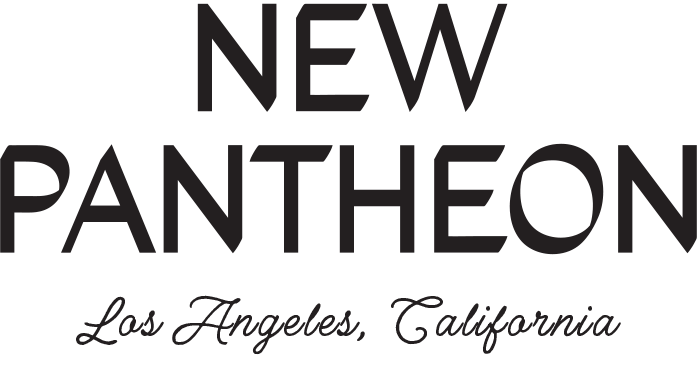What Actually Adds Value to a Hotel?
A Financial Argument for Meaning
“Value-add” has become a default phrase in hospitality strategy. It’s used to describe any enhancement that lifts numbers: a higher ADR, stronger occupancy, better yield.
But what often goes unexamined is the assumption underneath:
What do we actually mean by “value”?
And how do we know we’re building it—not just cosmetically, but structurally?
Because in practice, the efforts that appear to add value (a renovation, a rebrand, a new amenity) often fail to deliver meaningful returns. And conversely, the most transformative lifts—the ones that sustain pricing power and guest loyalty over time—usually stem from deeper moves. Moves that aren’t always visible in a budget, but define how the budget performs.
This isn’t a rejection of financial thinking. It’s an argument for a fuller one.
1. Value That Stays Begins With Meaning That’s Clear
Most hospitality upgrades focus on the tangible:
New furniture
Improved finishes
Better lighting
Fresh branding
These things matter. But only when they point toward a cohesive idea.
Without clarity of purpose—what the hotel means, to whom, and why now—even the most beautifully executed upgrades get flattened into noise.
In contrast, when a hotel is organized around a symbolic structure—a clear narrative identity—then everything else starts to compound in effectiveness.
Meaning is the multiplier.
It gives design direction, team culture, pricing rationale, and guest perception a single spine.
2. Aesthetic Elevation ≠ Value Creation
This is where many strategies falter: they treat design as an aesthetic problem to solve, not a unique value system to clarify.
But a refreshed lobby doesn't justify a rate increase just because it looks new. It does so because it feels different—not just to the eye, but to the guest’s self-perception while in the space.
Aesthetic improvement becomes value only when it:
Signals a shift in identity
Aligns with a felt guest desire
Builds resonance across time and memory
If design doesn’t encode these things, it risks becoming high-cost ornamentation.
3. Brand Is a Delivery Mechanism for Perceived Value
Too often, brand is treated as a veneer—colors, fonts, slogans. But in hotels, brand is far more operational than most realize.
It’s not how a property presents. It’s how it behaves.
And that behavior—when it’s symbolically aligned and structurally consistent—is what guests internalize as worth.
For example:
A consistent tone of voice across signage and staff interactions
Ritualized moments in the guest journey that reinforce the hotel’s distinct rhythm
Programming and amenities that express a coherent cultural position
When these align, brand ceases to be a layer. It becomes infrastructure.
And infrastructure—unlike marketing—scales without requiring constant spend.
4. The Body Remembers What the Mind Can’t Name
The most powerful value doesn’t always announce itself.
It accumulates through the senses, through rhythm, through subtle coherence.
Guests may not remember the thread count.
But they will remember:
The shift in atmosphere at 6pm when lighting and music recalibrate
The repetition of a particular scent, word, or gesture that makes the place feel known
The way transitions between spaces feel deliberate rather than accidental
These are not minor touches. They are how value embeds.
They build emotional memory—which, over time, is what allows a property to price beyond logic.
5. Value Is Not a Feature. It’s a Pattern.
Ultimately, real value isn’t added by a single initiative.
It’s created by the interplay between many small decisions—when they’re made in alignment with a clear underlying idea.
That idea doesn’t have to be trendy. In fact, the most enduring ones often aren't.
What matters is that it holds:
Symbolic resonance for the guest
Strategic clarity for the operator
Aesthetic and sensory logic across touchpoints
When that happens, pricing power is no longer an exercise in justification.
It becomes a natural outcome of coherence.
Closing Thought:
A hotel doesn’t command value just because it offers more.
It commands value when it reflects back to guests something they’ve been longing to feel—about a place, about themselves, about the time they’re living in.
That’s not softness. That’s structure.
And structure is what value is made of.

